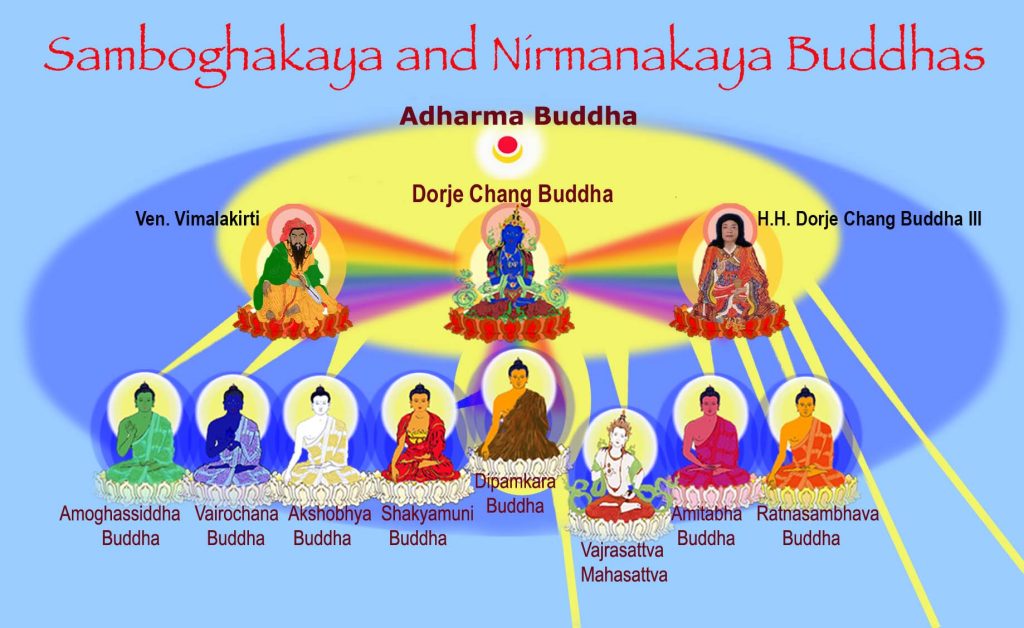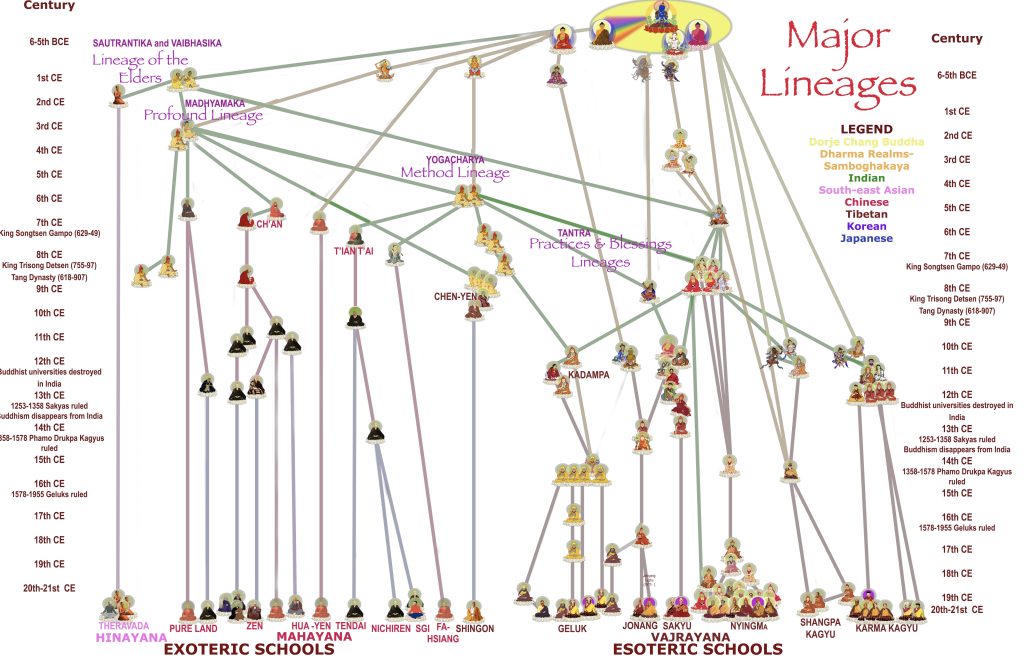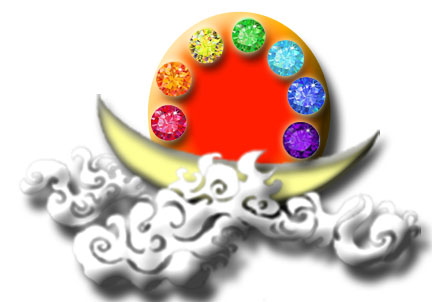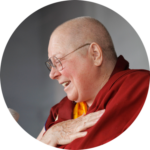
The LFBCS course G03(A) provides an introduction to Buddhism, the Buddhas, what Buddhas do and how to become a Buddha and with a historical look at how Buddhism came to this world and evolved over the various cultures and times. It starts in the Samboghakaya realm with the Adama Buddha and the manifestation of Dorje Chang Buddha who taught all the other Buddhas and Bodhisattvas including the Buddhas in the five directions and Vajrasattva. He also manifested as Dipamkara Buddha in another realm and taught Shakyamuni Buddha who then came to this world and became the Buddha for our world. Dorje Chang Buddha also manifested in this world at the time of Shakyamuni Buddha as the layman Vimalakirti to help Shakyamuni Buddha and did again in China in the last millenium as H.H. Dorje Chang Buddha III. The video traces the evolution of Buddhism in this world and how it migrated throughout Asia and finally came to the west.
This course introduces the various Sutras and commentaries that formed the doctrines for various schools and sects and the great Patriarchs and Matriarchs who were the saints or holy beings who founded these sects in India, South-East Asia, China, Korea, Japan, Vietnam, and Tibet. It shows how the four major traditions or vehicles evolved and spread throughout Asia and eventually the West. It provides an outline of how the many practice lineages came to Tibet from India and evolved in Tibet to eventually come to America. There was a saying in Tibet that when horses run on wheels and iron birds fly, the Dharma will go to the land of the red man and the Tibetans will be spread like ants over the face of the earth. That has happened. It also discusses what is meant by the Dharma Ending Age.
The course also explains what Buddhas do—the five vidyas—and maps out how one becomes a Buddha.
Lineages and Traditions
When researching the various lineages of Buddhism in the world today and over time for the Big Blue Book H.H. Dorje Chang Buddha III, A Treasury of True Buddha-Dharma, I was able to compile a video that showed how the different lineages, schools, and traditions evolved over time. The video was recorded originally in 2013 so a few comments are dated, but the message has not changed. I am sure there are mistakes and errors, but I am confident that this simplified overall view tells the story of how Buddhism came to us and the richness of the various traditions that evolved in different cultures.
The gold links are from the Samboghakaya Realm, while the bright yellow lines are links that go directly to Dorje Chang Buddha. The first wave coming out of India are the green lines. As the Indian monks spread into South-east Asia you will see the bright Magenta link to the Theravada, the only remaining school of the Lineage of the Elders, the early or more traditional forms that gave us the Path of Renunciation. It was the Madhyamaka and Yogacharya branches representing the Profound and Method Lineages that provided the basis for the Mahayana or greater Vehicle. The Profound Lineage was the source of the Prajnaparamita or wisdom teachings that gave us the Path of Right View of Emptiness while the Method Lineage gave us the merit-building Path of Bodhichitta. This was what spread to China as shown by the red lines and from there to Vietnam (chartreuse lines), Korea (purple lines), and Japan (blue lines). Starting around the 7th-8th century the tantra or Vajrayana Vehicle was strong in India and that was what spread into Tibet and Mongolia (maroon lines). This is a gross over simplification of the migration and evolution of Buddhism. For example, there should be another gold line from Tsongkapa to Manjushri, as he was also able to receive guidance directly from the Samboghakaya realm as were others. We in America have almost all of these traditions. The colored lines are greyed in the photo below, but are clear in the above video.





Add comment